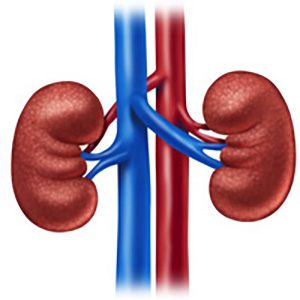RETRACTED: Effect of preoperative ureteral stenting on the surgical outcomes of patients with 1-2 cm renal stones managed by retrograde intrarenal surgery using a ureteral access sheath

Submitted: November 16, 2023
Accepted: December 2, 2023
Published: December 28, 2023
Accepted: December 2, 2023
Abstract Views: 542
PDF: 300
Publisher's note
All claims expressed in this article are solely those of the authors and do not necessarily represent those of their affiliated organizations, or those of the publisher, the editors and the reviewers. Any product that may be evaluated in this article or claim that may be made by its manufacturer is not guaranteed or endorsed by the publisher.
All claims expressed in this article are solely those of the authors and do not necessarily represent those of their affiliated organizations, or those of the publisher, the editors and the reviewers. Any product that may be evaluated in this article or claim that may be made by its manufacturer is not guaranteed or endorsed by the publisher.
Similar Articles
- Tamer A. Abouelgreed, Mohamed A. Elhelaly, El-Sayed I. El-Agamy, Rasha Ahmed, Yasser M. Haggag, M. Abdelwadood, Salma F. Abdelkader, Sameh S. Ali, Naglaa M. Aboelsoud, Mosab F. Alassal, Gehad A. Bashir, Tarek Gharib, RETRACTION: Effect of preoperative ureteral stenting on the surgical outcomes of patients with 1-2 cm renal stones managed by retrograde intrarenal surgery using a ureteral access sheath , Archivio Italiano di Urologia e Andrologia: Vol. 96 No. 1 (2024)
- Basem A. Fathi, Ahmed A. Elgammal , Tamer A. Abouelgreed, Osama M. Ghoneimy , Ahmed Y. Aboelsaad, Mohamed A. Alhefnawy , The outcomes of flexible ureteroscopy for renal calculi of 2 cm or more with and without the use of ureteral access sheath: A retrospective study , Archivio Italiano di Urologia e Andrologia: Vol. 95 No. 3 (2023)
You may also start an advanced similarity search for this article.

 https://doi.org/10.4081/aiua.2023.12102
https://doi.org/10.4081/aiua.2023.12102




